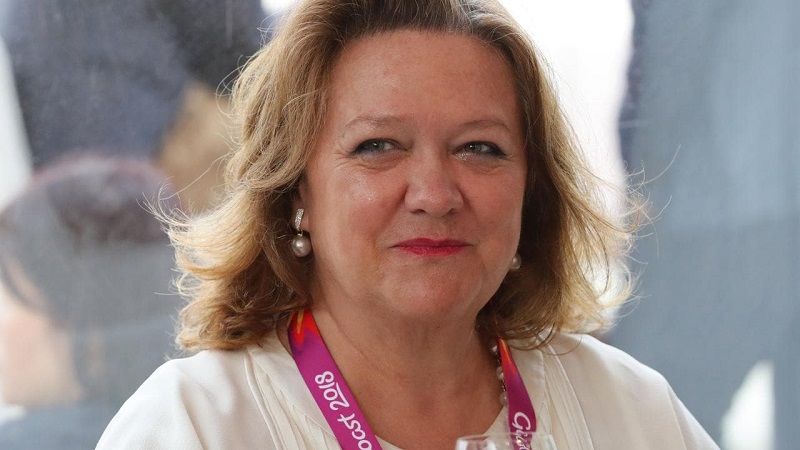Gina Rinehart: The Long-Term Game
Episode #9 of the course 10 billionaires and their lessons on success by John Robin
Welcome to our ninth lesson about the world’s billionaires and their lessons on success.
So far, we’ve learned from eight billionaires, and our tour has taken us to every continent except one. To make sure we cover the globe, I’ve brought us today to Australia to meet our next billionaire!
Gina Rinehart: Ground-Breaking Work
Worth $16.2 billion as of August 2020, Gina Rinehart, aged 66, built her wealth from the ground up—literally.
From 1992, when she inherited her father’s bankrupted estate, Gina sunk all her energy into the business of how to make money out of rocks. A lifelong iron-ore explorer, Gina’s father was focused on the short-term game of finding the next mine. When Gina took over, she was in search of something much more long-term: how those mines her father found and leased—and which she now had a claim to—could be put to full use.
Gina’s unique style emerged early on in life when she quit school to work with her father in his iron-ore prospecting business. She learned everything she could about the many mines he found throughout the Pilbara region in northwest Australia.
After his passing, not only did Gina continue to find and lay claim to more mines, she improved mining practices, and drew on all the resources her mines had to offer. In the early 2000s, this focus on optimizing paid off, as the iron-ore industry went through a boom, and her profits skyrocketed. In 2012, Gina was worth $29 billion.
Though her wealth has fallen due to a drop in the Australian iron-ore market, the fact that she is still worth $16 billion speaks to further ways she applied her tactics:
Just like how she treated her father’s iron-ore business, Gina treated her wealth itself as another resource to be used. Because of this, she’s invested in other mining companies to tap further into a market she understands inside-out.
This steady focus on the opportunity at hand, and making the best out of it, has let Gina hold her ground in the world of billionaires.
Gina’s Billionaire Lesson
The one remarkable lesson we can draw from studying Gina’s success lies in how she placed long-term goals in the foreground of short-term ones.
To wrap our head around this, let’s use an example.
Say you start a small business and want to make it succeed. Let’s imagine our freelance editing business from previous lessons.
Week after week, you are overwhelmed with work. You have to get the editing on your plate out of the way. You have to update your website. You should do a blog post to promote yourself. You have to chase client leads.
You are, essentially, prospecting for mines, and you’re too busy to step back and see what riches they offer and how those riches can be used.
Now, let’s approach this again, with Gina’s wisdom in mind.
You set a daily limit on the time you spend on editing work.
You carve out time to study your business. You learn a lot about how editing works. You put in time training recruit editors. You start writing instruction manuals as a result of this, and soon have a small editing team.
Setting a shorter time limit on daily editing work means you soon get behind. But, that time you carved out to study the business? Your small editing team is trained and ready. Business grows, and you can now scale your team to match it.
Now, you’re thinking like a business. You’re not just mining for prospects. You’re tapping into those mines.
There is an endless amount of work we can take on if we only are looking at what needs to get done. There is an even greater amount of work we can discover, though, if we are looking at how we can make what gets done more effectively.
To do this requires balancing the short-term realities—those times in the trenches—with long-term development. Setting a time limit on short-term work forces you to choose ruthlessly. The things you have to say no to are things you would say yes to when you feel like you have lots of free time to get everything done. You are then forced to say yes only to the best opportunities, and no to everything else—yes, you’ll even say no to great opportunities that are great, but still not the best.
And that’s a wrap for our Australia stop! Get ready for another plane ride across the ocean, as we head off to our final lesson of the course!
Recommended book
Gina Rinehart: The Untold Story of the Richest Woman in World by Adele Ferguson
Share with friends

